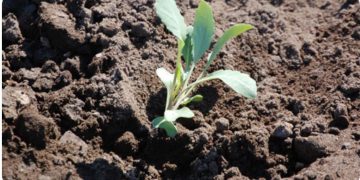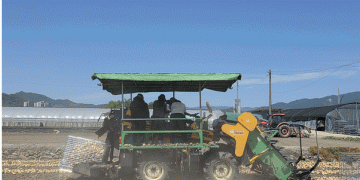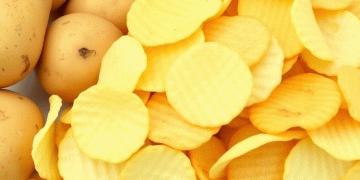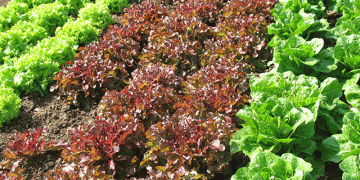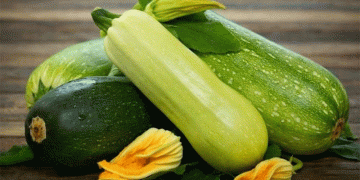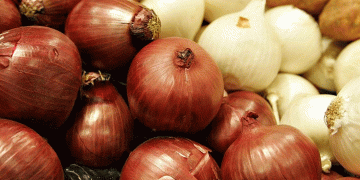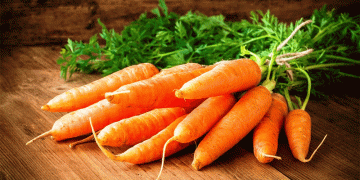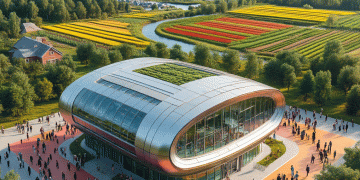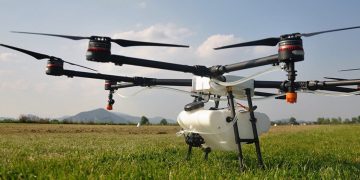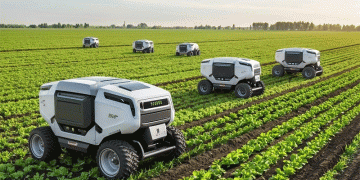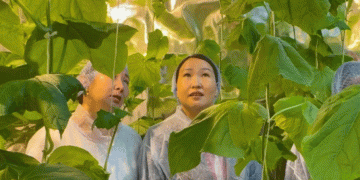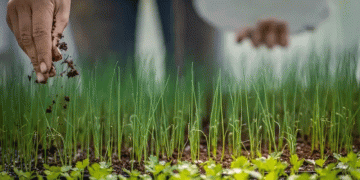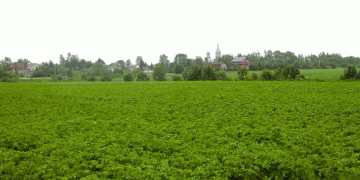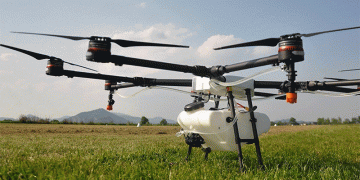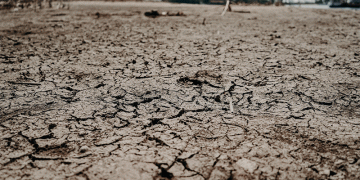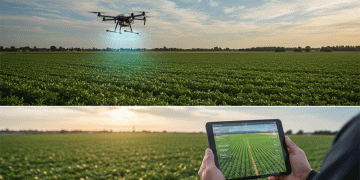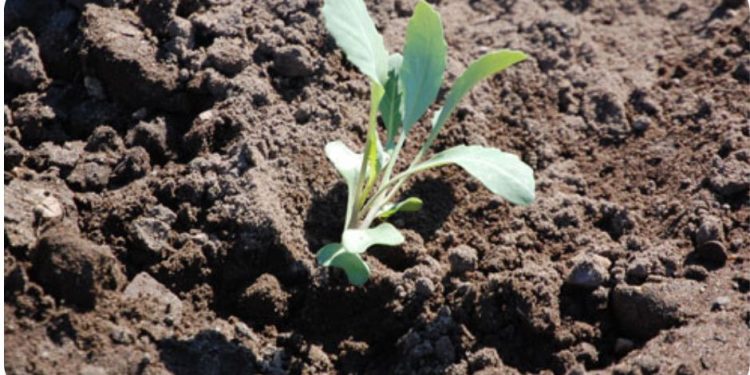As advanced as agriculture has become, there remains a pressing need for nondestructive ways to “see” into the soil. The U.S. Department of Energy’s Advanced Research Projects Agency-Energy (ARPA-E) has awarded $4.6 million to Lawrence Berkeley National Laboratory (Berkeley Lab) for two projects to address this gap, giving farmers important information to increase crop yields while also promoting the storage of carbon in soil.
One project aims to use electrical current to image the root system, which will accelerate the breeding of crops with roots that are tailored to specific conditions (such as drought). The other project will develop a new imaging technique based on neutron scattering to measure the distribution of carbon and other elements in the soil.
Berkeley Lab received these competitive awards from ARPA-E’s Rhizosphere Observations Optimizing Terrestrial Sequestration (ROOTS) program, which seeks to develop crops that take carbon out of the atmosphere and store it in soil – enabling a 50 percent increase in carbon deposition depth and accumulation while also reducing nitrous oxide emissions by 50 percent and increasing water productivity by 25 percent.
Soil carbon deficits are a global phenomenon resulting from many decades of industrial agriculture. Soils have the capacity to store significant quantities of carbon, reducing atmospheric carbon dioxide concentrations while also enhancing soil fertility and water retention.
An EEG for plants
Development of the Tomographic Electrical Rhizosphere Imaging (TERI) technology, which was awarded $2.3 million by ARPA-E, is led by Berkeley Lab geophysicist Yuxin Wu, also in the Climate & Ecosystem Sciences Division. “You can think of it like brain imaging, or EEG, where electrodes attached to your head can record brain wave patterns,” Wu said. “The new technology will be like an EEG for plants.”
By sending a small electrical current into the stem, which will then travel throughout the root system, TERI will sense the electrical response of both roots and soil and provide information on root mass, surface area, depth, and distribution in the soil, together with data on soil texture and moisture content and how these variables change over time.
In contrast, the common approach to studying root properties, which goes by the moniker “shovelomics,” involves not much more than a shovel and a bucket of water before root analysis in the lab. “It’s a very labor intensive and low-throughput method to characterize roots,” Wu said. “And once you dig up the root, you’re done. You can’t look at changes over time.”
Wu has begun initial testing in the lab. Later he will do field testing with wheat crops in collaboration with The Samuel Roberts Noble Foundation. Based in Ardmore, Oklahoma, the Noble Foundation is the largest independent agricultural research institute in the U.S. with more than 13,500 acres of farmland carrying out research to enable farmers and ranchers to increase regional productivity and land stewardship.
Wu and his team are also partnering with Subsurface Insights, a small business focusing on software development for geophysical applications.
The project’s goal is to develop next-generation root phenotyping technology integrated with ecosystem modeling to accelerate the breeding of root-focused cultivars with certain traits; for example, better climate resiliency and better tolerance for low water and low fertilizer conditions. Ultimately, the tool could help increase yields while increasing carbon input to the soil.
From neutrons to gamma rays to carbon detection
In the second project, also awarded $2.3 million, Berkeley Lab physicists led by Arun Persaud of the Accelerator Technology & Applied Physics (ATAP) Division will build an instrument to analyze soil chemistry, without disturbing it, by means of inelastic neutron scattering. “The generator will send neutrons into the soil,” Persaud said. “Each neutron can react with atoms in the soil and generate a gamma ray, which we can detect aboveground with a gamma detector. Then we measure the energy of the gamma, and from that you can tell what kind of atom it is; carbon or iron or aluminum, for example.”
Similar technology is currently used in homeland security applications, such as detecting explosives and other materials in cargo, and is a longtime area of research at Berkeley Lab.
“This technology will be able to not only measure how much carbon is in the soil but also do so with spatial resolution of a few centimeters,” said Wim Leemans, ATAP director.
ersaud said that unlike current technologies for analyzing soil properties, this technique can be employed in the field and can measure changes over space and time without disturbing the soil. Standard methods now involve drilling soil cores and doing chemical analyses on them back in the lab, which does not allow for repeat measurements of the same soil and is not practical over large areas.
Together with ATAP physicist Bernhard Ludewigt, Persaud will work with Adelphi Technology Inc. to develop the neutron generator. The resulting system could eventually take the form of a mobile instrument that takes in situ measurements in a farmer’s field.
— Julie Chao, University of California
Source: University of California
